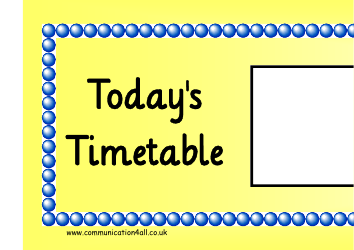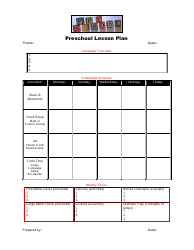Electricity in Circuits 5e Lesson Plan Template
The Electricity in Circuits 5e Lesson Plan Template is used by educators to design and organize a lesson plan for teaching electricity in circuits to students.
The electricity in circuits is filed by the flow of electrons through the conductive materials in the circuits.
FAQ
Q: What is electricity?
A: Electricity is a form of energy that is generated by the movement of electrons.
Q: How does electricity flow in a circuit?
A: Electricity flows in a circuit when there is a complete path for the electric current to travel, typically through wires or conductive materials.
Q: What is a series circuit?
A: A series circuit is a type of circuit where the current flows through each component in a single path.
Q: What is a parallel circuit?
A: A parallel circuit is a type of circuit where the current splits into multiple paths, allowing individual components to operate independently.
Q: What is a conductor?
A: A conductor is a material that allows electricity to flow through it easily, such as copper or aluminum.
Q: What is an insulator?
A: An insulator is a material that does not allow electricity to flow through it easily, such as rubber or plastic.
Q: What is the difference between AC and DC electricity?
A: AC (alternating current) electricity switches direction periodically, while DC (direct current) electricity flows in one direction consistently.
Q: How is electricity generated?
A: Electricity can be generated through various methods, including power plants that burn fossil fuels, nuclear power plants, hydroelectric power plants, and renewable sources like solar and wind.
Q: What is a circuit breaker?
A: A circuit breaker is a safety device that automatically interrupts the flow of electricity in a circuit if it detects a fault or overload, preventing damage and potential hazards.
Q: How can we conserve electricity?
A: We can conserve electricity by turning off lights and appliances when not in use, using energy-efficient light bulbs and appliances, and reducing unnecessary energy consumption in our daily lives.
























